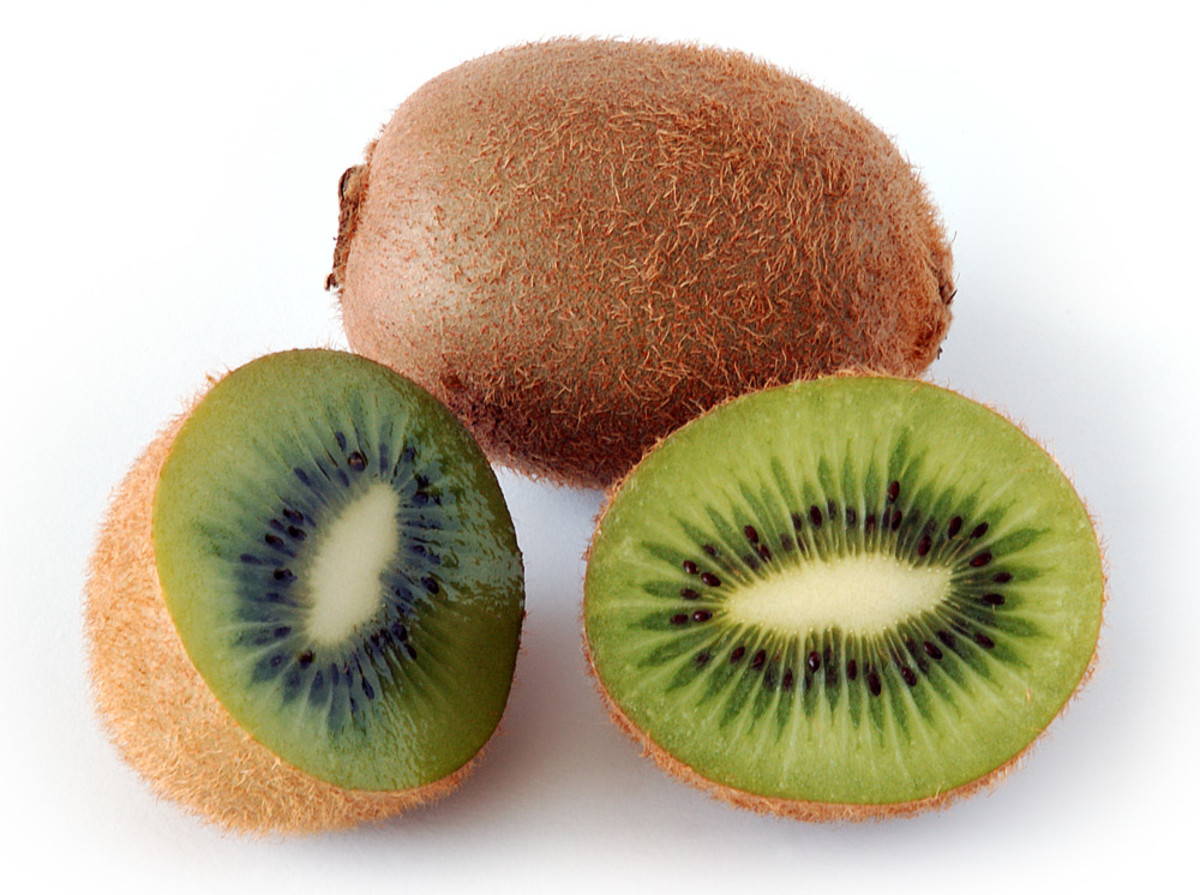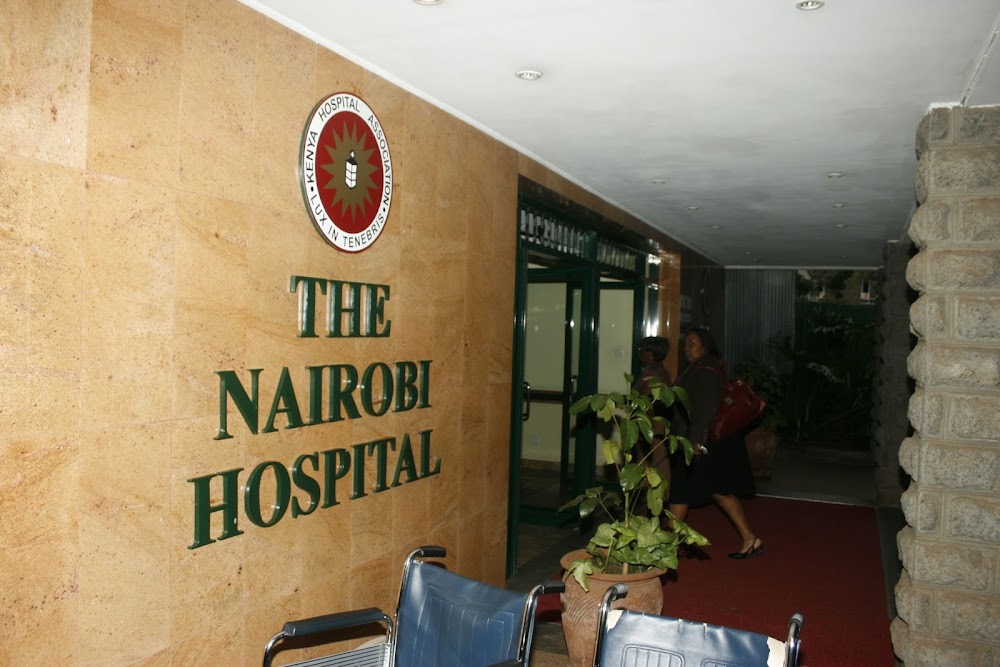Tomato farming in Kenya is one of the most profitable agribusiness ventures today. Tomatoes are consumed daily in households, hotels and restaurants. Kenya produces about 300,000 tonnes annually, which is way below the local demand.
This gap provides a golden opportunity for farmers who want to venture into tomato farming. With the right knowledge and farm practices, tomato farmers can earn high returns.
This guide explains everything you need to know about tomato farming in Kenya, from varieties to marketing.

Tomato Farming In Kenya
Tomato farming in Kenya requires good planning, proper crop management and access to the market. Farmers need to choose the right variety, prepare their land well, and take care of their crops until harvest. Below are important steps and practices that make tomato farming successful.
Varieties of tomatoes grown in Kenya
Some of the common tomato varieties grown in Kenya include Anna F1, Terminator, Big Rock, Tandi F1, Asila F1 and Zara. Farmers should choose varieties based on market preference, disease resistance and yield potential.
Ecological requirements for tomato farming in Kenya
Tomatoes do well in well drained loam soils with a pH of 6 to 7.5. They thrive under moderate to hot temperatures and in areas with low to moderate rainfall. Irrigation may be necessary in drier regions to ensure steady growth.
Planting of tomatoes in Kenya
It is best to start tomatoes in a seedbed nursery. Farmers should raise soil beds about 15cm high and leave 30cm spaces between them for easy movement. Seeds are planted 1cm deep and lightly covered with soil. They germinate within 8 days and require regular watering until a week before transplanting.
Transplanting tomato seedlings in Kenya
After one month in the seedbed, seedlings are ready for transplanting. The seedbed should be watered before uprooting to prevent root damage. A garden trowel is used for the process. Seedlings should be transplanted in the evening or on cloudy days to reduce stress.
Fertiliser application in tomato farming
Phosphate fertiliser should be applied early to boost root development. Two weeks after transplanting, urea is used for leaf growth, or CAN after 5 weeks. Topdressing with NPK is necessary at the start of flowering to encourage fruit formation.
Supporting tomato plants
Tomato plants need support to grow well. Farmers can use poles and strings to tie plants vertically. This should be done soon after transplanting to prevent damage and to keep fruits off the ground.
Weeding in tomato farming
Weeding should be done regularly to reduce competition for nutrients and water. Clean fields also reduce the risk of pests and diseases that hide in weeds.
Pruning tomato plants
Pruning improves air circulation and reduces the spread of diseases. Farmers should remove side shoots, old leaves and diseased branches. Proper pruning also helps the plant direct energy to fruit production.
Common pests and diseases in tomato farming
Pests that attack tomatoes include cutworms, bollworms, red spider mites, nematodes and Tuta absoluta. Farmers can use insecticides like king code elite 50EC or Escort 19EC. Diseases include blight, bacterial wilt and blossom end rot. Foliar sprays and good crop management can help control them.
Harvesting tomatoes in Kenya
Tomatoes are ready for harvest about 70 days after planting, depending on the variety. Farmers should pick mature fruits carefully to avoid bruising. Harvesting should be done regularly to encourage continuous fruiting.
Market for tomatoes in Kenya
The tomato market in Kenya is very strong. Farmers can sell their produce in local markets, groceries, supermarkets, schools, hotels and restaurants.
Prices vary, with one tomato selling for Ksh 5–10 depending on size, and one kilo going for about Ksh 50. With such demand, tomato farming remains a profitable venture.






































